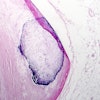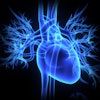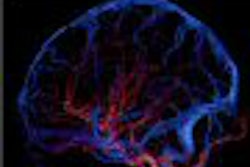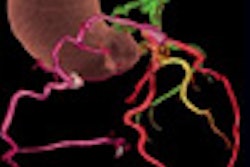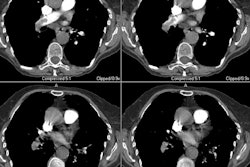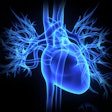Dear Cardiac Insider,
High accuracy in a multicenter setting delivered another win for coronary CT angiography (CTA), according to a new study by Dr. James Min and colleagues at Weill Cornell Medical College in New York City.
In a trial led by the team that linked CTA results with mortality, researchers from 16 U.S. centers compared coronary CTA to angiography for detecting coronary artery stenosis in a well-fed patient population. The study, which Min calls the first direct comparison of CTA to angiography in a multicenter setting, found that CTA ruled out coronary artery disease with a negative predictive value of 97% to 99%. For detailed results, check out this issue's Insider Exclusive story.
Meanwhile, a new study in the European Heart Journal found high sensitivity in low-dose coronary CTA. Accuracy might have benefited from a slightly wider exposure window.
Unfortunately, the stream of positive trial results has not stopped the U.S. Centers for Medicare and Medicaid Services (CMS) from putting CTA on the endangered list. In a bid that has shocked imaging providers on both sides of the radiology/cardiology divide, CMS has proposed a National Coverage Decision that severely limits reimbursement for coronary CTA. If approved, only studies performed for two indications -- and under the aegis of a controlled clinical trial -- would be eligible for Medicare payment. An AuntMinnie.com story that appeared last week details the proposed rule.
In response to the threat, providers have flooded the CMS Web site with comments opposing the ban, posting hundreds during the 30-day comment period. But medical consensus might not matter if CMS is determined to make coronary CTA a test case for broader cuts in imaging reimbursement. To turn the tide, CTA advocates are urging providers to contact their representatives in Congress this week.
Another story this week serves as a reminder that today's battles will not be tomorrow's. Scientists announced the first custom-grown heart, created with an extracellular matrix scaffold from a rat's heart, and injected with neonatal cardiac cells. Not only does the darned thing pump blood, but preliminary experiments with a pig heart suggest that the model may be workable in larger animals, according to researchers.
You'll find more news from the heart below, in your Cardiac Imaging Digital Community.


